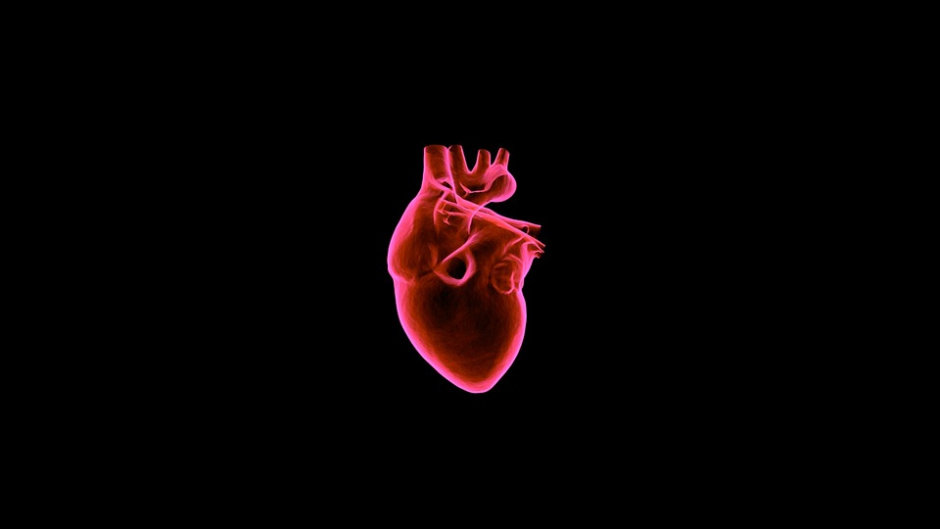
Left ventricular assist devices (LVAD) are artificial heart pumps used as an interim support for people with heart failure who are under consideration for a transplant but unlikely survive the wait for a donor heart.
A key feature of the new LVAD is that it can be inserted into the chest wall via laparoscopic surgery, another is that it doesn’t sit inside the heart, thereby reducing the risk of infection and blood clotting. Funded by the British Heart Foundation, the technology is said to have the potential to save and improve the quality of lives of patients worldwide.
_______________________________________________________
Further reading
- Heart’s kinetic energy could power implantable medical devices
- C2I 2017: Nuclear industry innovation inspires life-saving heart implant
- Soft robot offers hope for heart failure patients
_______________________________________________________
Dr David Adlam, Associate Professor and Interventional Cardiologist in the Department of Cardiovascular Sciences, said: “Someone who’s had a severe heart attack, for example, can deteriorate rapidly with heart pump failure and often isn’t well enough to be transferred for open-heart surgery under a general anaesthetic. What we need is a device that can be implanted through the skin using techniques commonly used in most heart attack centres so it is available when and where it's needed. For patients who only need temporary support, it can also be easily taken out when the heart has had time to recover.
“The work we're doing is happening in parallel with simultaneous advances, such as those in battery technology. We’re seeing the development of smaller, lighter batteries that can potentially be re-charged across the skin.
“Even with current treatments, there are also many heart failure patients who still have symptoms that substantially reduce their quality of life. There’s a real unmet need for new technologies to help these patients.”
Dr Adlam started working on the new LVAD in 2013, when he first collaborated with the Leicester engineers led by Piyal Samara-Ratna from the Space Research Centre.
In a statement, Samara-Ratna said: “Landing a Mars rover is a challenge and putting something into the heart is a challenge - you’ve got to create something that’s compact and can function in harsh environments and you need to be 100 per cent certain it will do its job when it arrives.”
Dr Adlam and Samara-Ratna are now looking to move the device to human testing in around two and a half years.





Glasgow trial explores AR cues for autonomous road safety
They've ploughed into a few vulnerable road users in the past. Making that less likely will make it spectacularly easy to stop the traffic for...